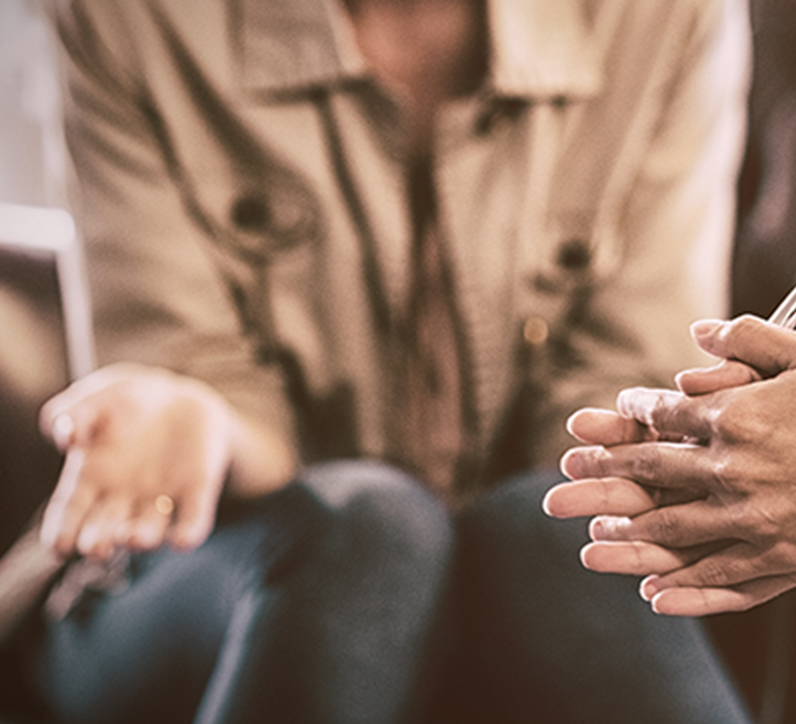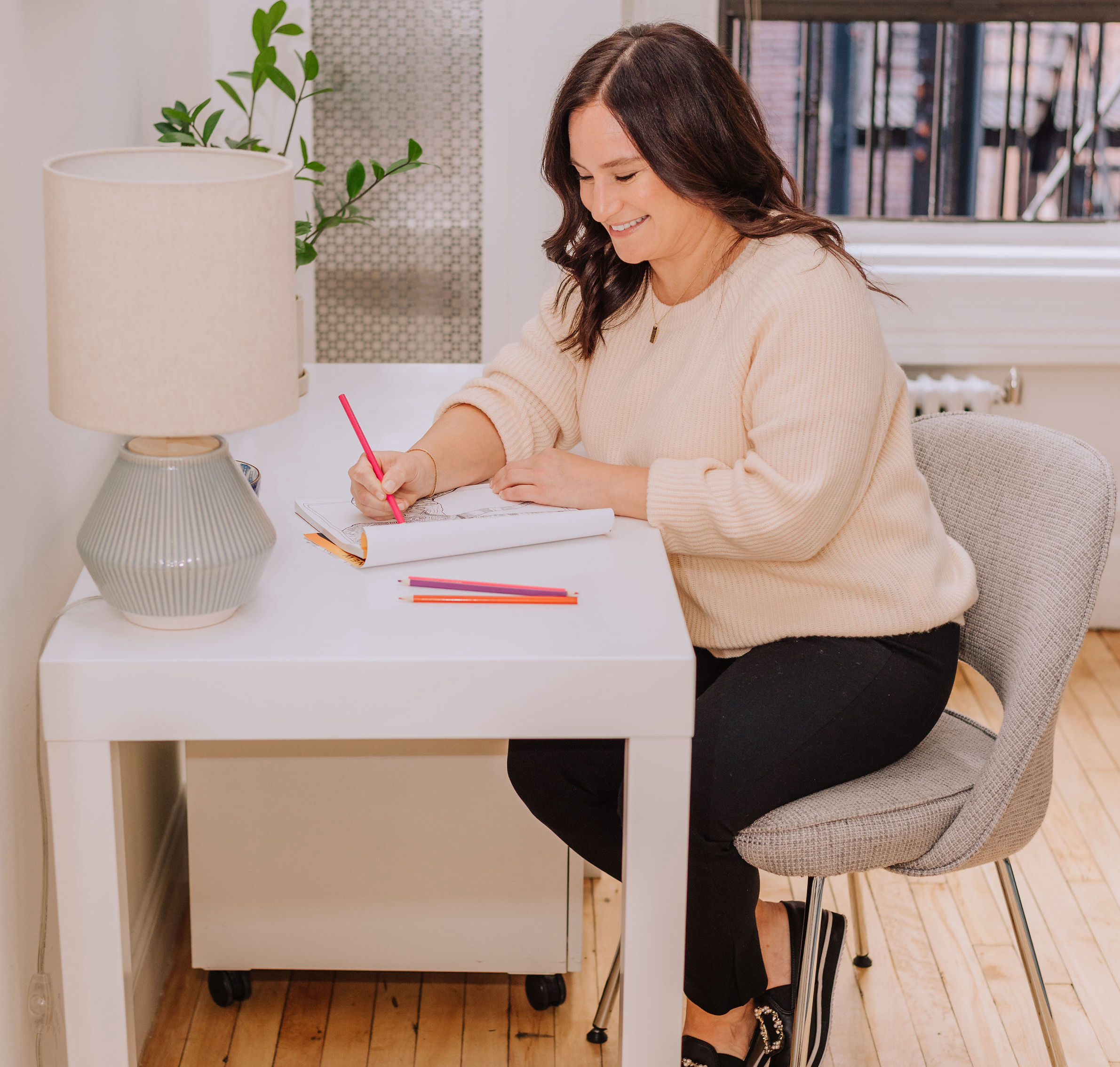Get started – Schedule your initial consultation now!


What style of therapy do you offer?
We will use a Psychodynamic approach in our work together, this means our work will mainly focus on the psychological roots of emotional suffering. It’s hallmarks are self-reflection and self-examination of your past and it’s role in the present. In large part, our therapeutic relationship is the window into patterns playing out in your life causing areas of distress. The goals of psychodynamic therapy are client self-awareness and understanding of the influence of the past on present behavior.
The therapeutic process is never structured as one size fits all. There is no agenda. We understand that everyone is showing up for various reasons and seeking personalized support. Therefore, under the Psychodynamic approach, we might use some of the following techniques to obtain a better understanding of where you are and how best we can support you on your journey.
Cognitive Behavioral Therapy (CBT)
An evidence-based intervention focusing on challenging disruptive thoughts, core beliefs, attitudes and behaviors and improving the development of healthy coping strategies, often used in treatment of anxiety, depression, relational issues, and eating disorders. The goals are, learning to recognize distortions in thinking and reality check them, learn to develop a greater sense of confidence in your own abilities and creating a safe and supported plan to face your fears instead of avoiding them
Dialectical Behavior Therapy (DBT)
Learn how to live in the moment, develop healthy ways to cope with stress, regulate your emotions, and improve relationships with others. We can use DBT, to explore and resolve the opposition between self-acceptance and change. Part of this process involves offering validation and support, behavioral, cognitive, communication and skills based interventions.
Mindfulness
A state of being achieved by focusing one’s awareness on the present moment, while calmly acknowledging and accepting one’s feelings, thoughts, and bodily sensations. We might use breathing exercises, meditation or imagery to find grounding and connection.


